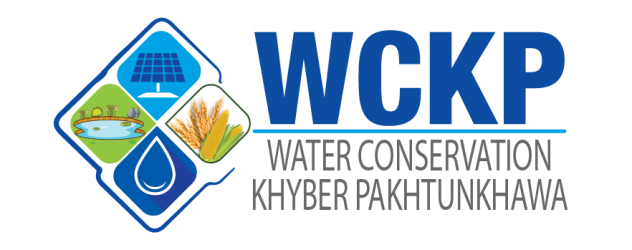SUCCESS STORY OF
WC-KP
FARMING – A PROFESSION OF HOPE
Under the direction of Prime Minister of Pakistan, the said project on Water Conservation in Barani Areas of KP to increase low irrigation efficiency was started in December, 2020. The project has designed to achieve the following long-run objectives:
Swat lies in the temperate zone. The summer in lower Swat valley is short and moderate, while it is cool and refreshing in the upper Northern part. Generally, cereal crops like maize, wheat, rice are grown in the area. Some area is also under rapeseed & mustard, along with fruits and vegetables under natural and off-season environment. This is strong plant nursery production area that ranks third in the country.
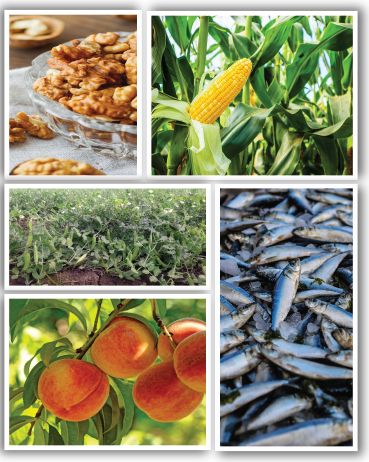
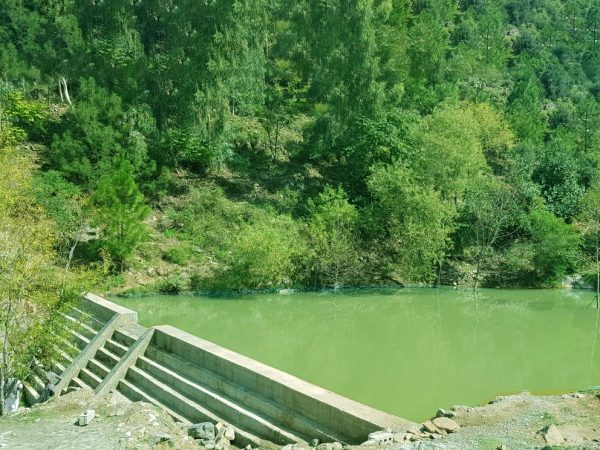
Water is life and getting scarced day by day in Pakistan. Therefore, the performance of the agriculture sector in terms of water use and capacity is inefficient. Area is beyond canal irrigation systems, if rain does not fall on time, the crops fail and cropping options remains limited to staple food crops. More importantly, the crop water productivity has been the lowest than its potential. There is a serious need to conserve this vital water resource to ensure more productivity per drop of water. A team of Water Conservation in Barani Areas of KP Project surveyed Barrawal area of Matta (Swat). Team observed that highly fertile land with moderately well drained soil could be much better utilized for commercial fruit & vegetable crops than for the cereals. After consent of farmer contribution of 20%, the site assessment was made considering water source, soil structure, and suitability for water pond. Ultimately, construction of water ponds completed within 2-3 months and supplied water that enabled subsistence cereal/staple food to farmers Abdul Hakeem, M. Farman and Ihsan Ullah to grow more profitable commercial crops like vegetables (peas, gourds etc.) and peach, persimmon fruit plants. They were not only able to grow these commercial crops but got good quality fruits through regular supply of irrigation water.
Yield With and Without Technology
Prior to this activity, farmers were getting 320 kg per acre in maize while only 360 kg per acre in wheat. After interventions availability of irrigation through water pond and improved production technology farmers were able to get 520 kg per acre of maize and 480 kg per acre of wheat. Similarly, they were obtaining a production of 4050 Kg per acre and now 5400 Kg per acre (33 % increase) from peach orchard due to improvement in quantity and quality with these new interventions. Farmer Farman is planning to increase number of peach plants and to establish pomegranate and plum orchard on un-cultivated land area after availability of pond water.
Impact on Livestock Rearing
These households got water drinking facility for cattle & buffaloes, goats & sheep and poultry birds. Farmers are raising fodder for livestock instead of relying on wild and native bushes to feed their animals. This increase in fodder and improvement in quality raise their income (5 to 10 percent) through selling animals for meat and milk production. Rearing more animals is not only increasing female members income but also making them independent in decision making. They are planning to go for fish farming in the days to come. These activities will improve nutrition status of all family members in general and specifically in females and kids.
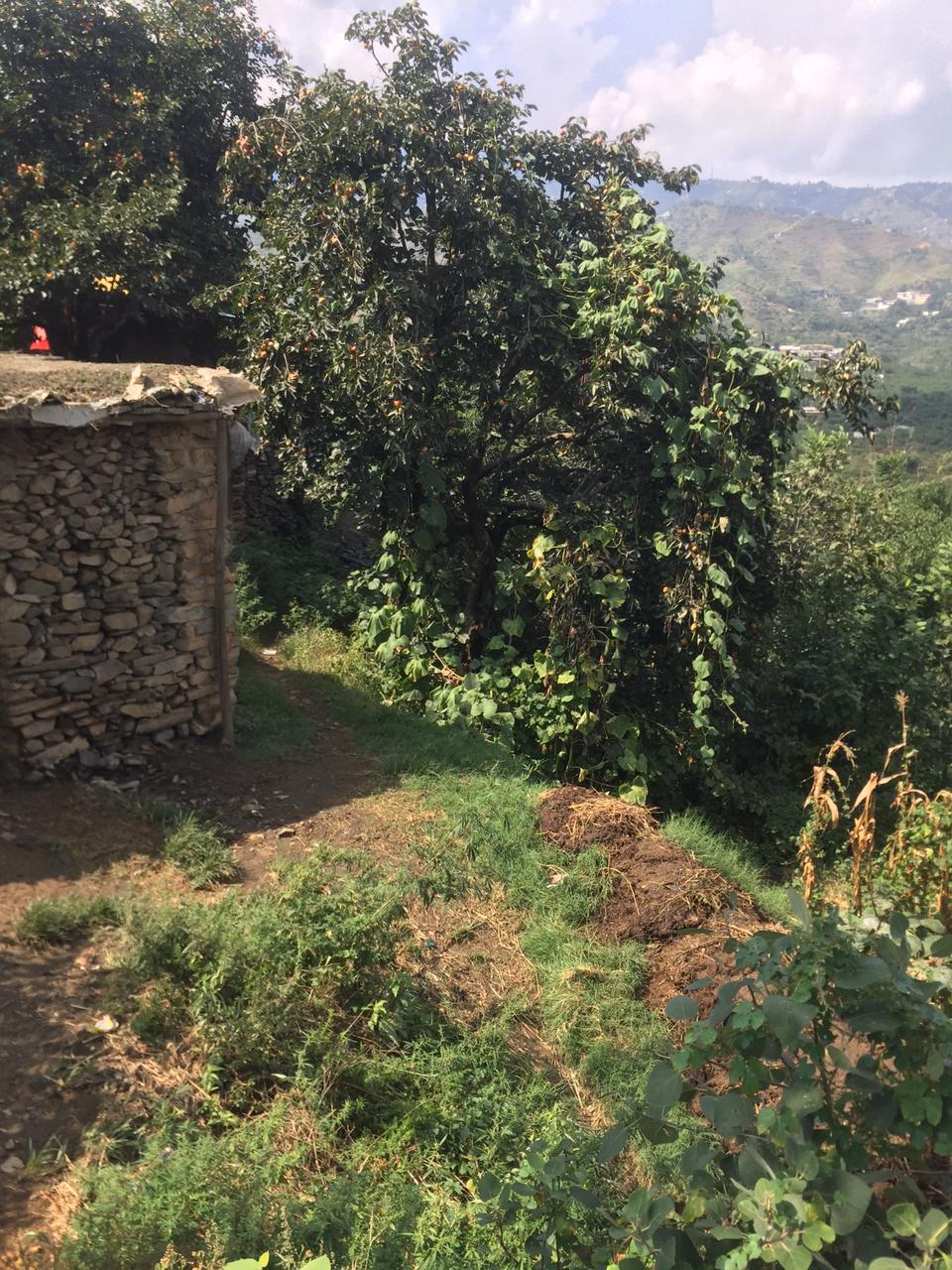

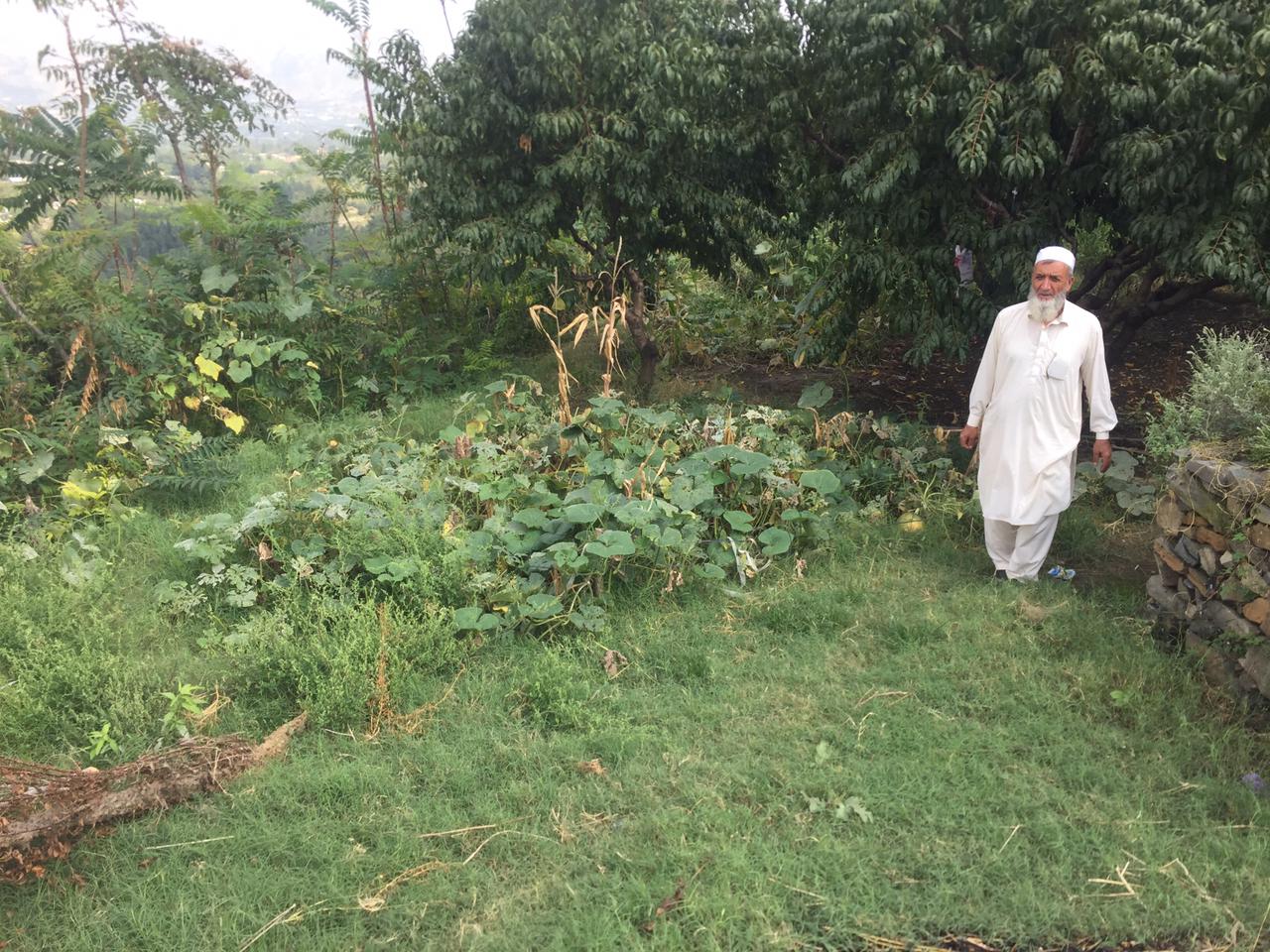
Gender Role and Benefits
Without water ponds, female family members use to get drinking, washing and rinsing water away (1-2 Km) from home by spending precious time of 2 hours. Now these female members have lot of convenience and time savings in fetching drinking water for family. Female members have the opportunity to do other important tasks for the family like educational activities, cooking, washing, cleaning, dairy farming, poultry farming, fish farming, kitchen gardening and community based activities for trickle down impacts on the social structure. Female members are planning to grow summer and winter vegetables like peas, coriander, mint, green chilies, tomato, ridge gourd, bitter gourds etc. Through horticultural activities, female members will become small entrepreneur by making homemade jam, jellies, vinegar, juices, sauces, pickle and ketchup through surplus produces in the days to come. These are healthy activities along with fresh, cheap and nutritious intake for all family members. Female members are helping their family in a way and have positive impact on socioeconomic status, therefore, increased access to better health and education for their children.
